RESOURCES
UPDATE
ontractors are unique in how they approach each of their disciplines, but one common theme is that finding and attracting the right talent is a challenge. Believe it or not, your interview process is the first step in mitigating the risk of a “bad” hire.
There are many influencers in the style and approach to interviewing. The overall strategy is to align the interview process, questions, and content with the mission and values of the business. Contrary to what many believe, the process should be intentional and conversational, putting the candidate at ease. Remember, you want the best candidate—not the best presentation.
Interviewers should prepare for the interview by:
- Asking yourself, “What problem are you trying to solve, and how will you know if this candidate is successful on the job?”
- Review résumés in advance
- Begin with preparing standard questions that will be used with all candidates
- Then refine the questions, so that they precisely fit the candidate
- Provide a comfortable setting for candidates
- Have a predetermined agenda and time (schedule follow up if necessary, but stick to a maximum time allotment for each candidate)
- If it’s a committee interview, assign roles within the interview so that the committee is prepared and in-sync
- Prepare a “wrap up” statement, so that all those in the interview know when the interview has been brought to close and next steps are communicated
There are several different types of interview questions, so it is imperative you understand what, specifically, you are looking for. Employers often make the mistake of asking behavioral questions, anticipating a tactical response. At this point you should already know that the technical requirements are met and now you’re looking for the right fit. Here are examples of the types of interview questions:
- Verification Questions
These questions objectively verify the credentials or experience presented in the candidate’s background. Typically, there is only one right answer. These questions are tactical by nature. They are often drafted from the résumé or initial screening interview. This may include verification of education, or for clarity of what “isn’t” shown on the resume.
Sample question: What projects are you most proud of?
Purpose: To subjectively evaluate the value of experience in the candidate’s background.
- Opinion Questions
This is an approach that can often validate or enhance verification questions. The purpose is to verify their opinion of a situation or event to better understand how the candidate feels. There is typically no wrong or right answer, but rather what the candidate’s influencers may be.
Sample question: Tell us about a time you were disappointed at work, and why?
Purpose: To understand if the candidate is self-aware and what drives them.
- Behavioral Questions
Candidates are asked to describe past performance and behavior to determine if they are suitable for the job. This approach is intended to objectively measure past behaviors as a potential predictor of future results
Sample question: Describe a difficult situation, small or large, at work and the specific steps you took to resolve this issue and bring success to the organization?
Purpose: To understand the candidate’s approach to leadership or problem solving.
- Competency questions
These questions aim directly at understanding if or how the candidate engages in bringing education, talents, and experience into action.
Sample question: Explain a way in which you sought a creative solution to a recent problem you needed to solve.
Purpose: To evaluate if the candidate can effectively align past behaviors with specific competencies which are required for the position.
- Brainteaser Questions
These questions are devised to evaluate mental math calculations, or better yet, to draw out how a candidate may objectively prioritize to formulate an answer.
Sample question: What is the formula you use to measure if a project was successful?
Purpose: To evaluate not only math calculation skills but also the ability to deliver the objective or result desired.
- Abstract Questions
This type of question is intended to be whimsical in nature and to see how a candidate can transition on their feet. Typically, these questions do not have a wrong or right answer. They should not be judged on content but rather professional posture.
Sample question: “If you were a color in a crayon box, what color would you be?
Purpose: To lighten the cadence of an interview and hear beyond pre-programmed answers. This question is intended to balance academic and practical questions, to find out if the candidate is capable of original (non-academic) thought.
- LISTEN more than you talk.
- Take mental note of what your initial opinion is at the beginning of the interview and those key moments or cues that occurred to change or amplify your initial impression.
- Keep track of time and stick to the agenda.
- Wrap up the interview, complete or not, a few minutes prior to the end time to answer any questions that the candidate may have. Be prepared to:
- Answer (or not) questions relative to benefits, paid time off, and any perks available.
- Have a plan to reach out after the interview with the hiring manager or committee’s decision, preferably in person or on the phone.
- Document what questions were asked and what answers were provided succinctly.
Approaching interviews with intent and a clear process will allow you the ability to objectively evaluate candidates and select talent that meets your business needs. Mitigating the risk of a bad hire by ensuring a good fit will create a winning partnership between your business and the new employee. This will align the new hire with your mission, vision, and values, and create a positive onboarding experience when your new hire arrives on the job.
